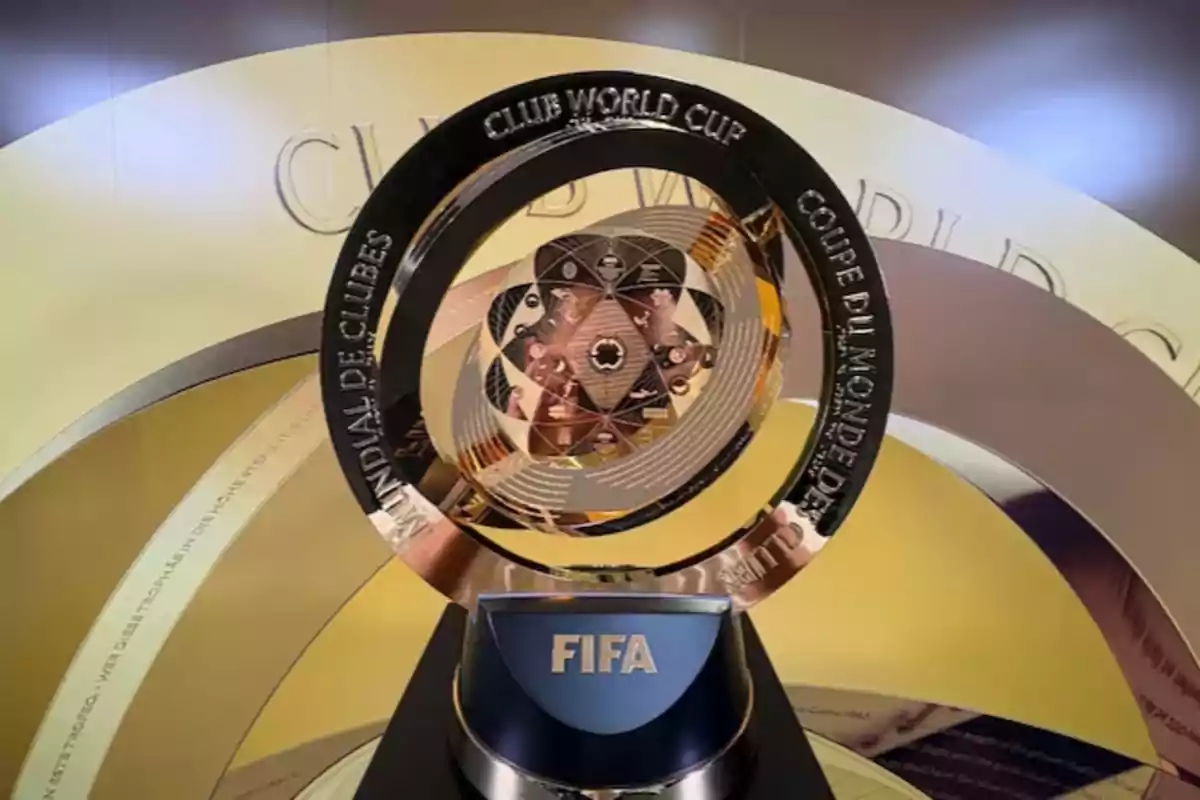
A billion-dollar triangle: the deals behind the Club World Cup
Behind the tournament, there is a story involving millions, conflicting interests, and a strategic triangle between FIFA, DAZN, and Saudi Arabia
The new version of the Club World Cup was born with a clear promise: million-dollar prizes for the participating teams. That financial incentive was, for many clubs, a compelling reason to support the competition, even when the schedule forces them to compete out of season and sacrifice weeks that should be devoted to rest.
However, what few knew is that FIFA, chaired by Gianni Infantino, faced serious difficulties selling the tournament's broadcasting rights. Without securing that source of income, the organization couldn't fulfill the promised payments to the clubs.

This is where DAZN comes in, which ended up putting up one billion euros to acquire the global broadcasting rights. But the inevitable question was: where did that money come from?
The answer lies in Saudi Arabia. DAZN announced at the beginning of the year a strategic agreement with the Saudi Public Investment Fund (PIF), the same fund that drives numerous global sports projects, such as LIV Golf or the expansion of local football. Outlets like Bloomberg revealed that the agreement between PIF and DAZN was valued, precisely, at one billion euros.
This is how the triangle closes: DAZN receives Saudi money, pays for the Club World Cup rights, and FIFA, thanks to that backing, can fulfill its commitments to the clubs. In return, Saudi Arabia gets what it had long sought: the 2034 World Cup, which has already been confirmed by FIFA itself.

In short, the celebration of the Club World Cup wouldn't have been possible without this financial and geopolitical framework that once again puts Saudi Arabia at the center of global sports, not only as a host, but as a strategic investor and key player in football's future.
More posts: